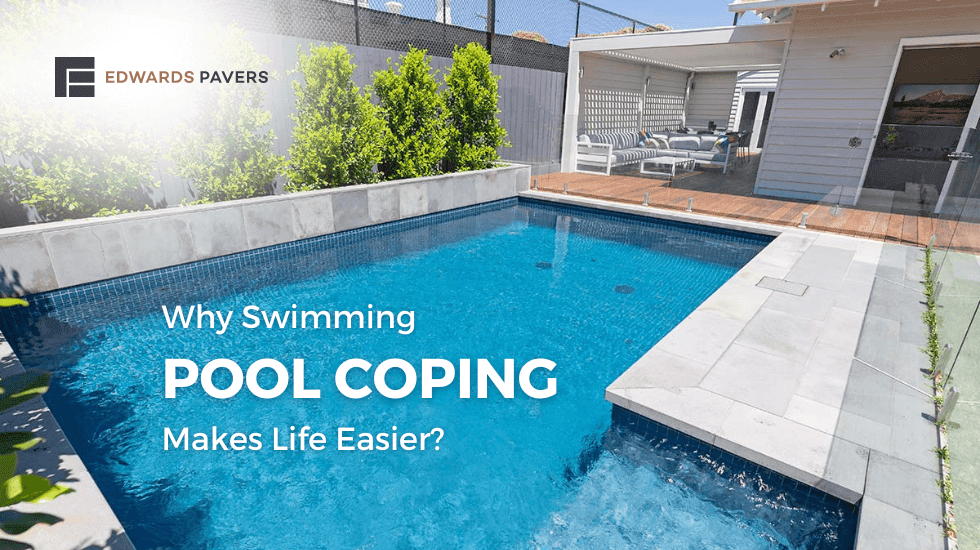Everything You Must Discover About Pool Coping
Pool coping is a key element of pool design and construction. Without it, you risk losing your inground pool to erosion and damage. In this article, we'll explain everything you need to know about pool coping Melbourne, and how it works.
Pool coping serves as a border between the walls of the pool and the deck.
Pool coping serves as a border between the walls of the pool and the deck. Pool coping is also known as a wall guard because it protects the pool wall from erosion and helps to keep water in your pool.
The most common form of pool coping is made from concrete or natural stone, but it can be made from other materials such as resin or fibreglass that have been moulded into various shapes and designs.
Aesthetically speaking, one of the most appealing aspects of having a swimming pool is being able to enjoy its visual appeal from all angles. This includes how people look when they are on their own property (or public property). Since we spend so much time outside during our days off work or school, we want our homes to reflect what makes us feel good about life!

Coping is not limited to just inground pools.
When people think of coping around a pool, they tend to imagine inground pools. However, this type of protective barrier can also be used in above-ground pools.
The material used for the pool coping is often made from concrete or concrete-like materials like cement and fibreglass. Pool coping can be a solid colour or have patterns etched into it to add visual interest.
A tiled pool coping is an attractive option for those who want a more visually appealing pool. These types of pools often have tiles that are laid out in a pattern and then grouted together to make them appear seamless. Tiling can also be used to create patterns on the coping, such as geometric shapes or circular designs that mimic ripples in water.
Modern pool design uses decking materials for coping instead of concrete.
Modern pool designs use decking materials for coping instead of concrete.
This is because decking materials are more cost-effective, easier to install, more durable, and more flexible. They also look better than concrete.
Decks are made from a variety of materials, each with its own pros and cons. The most popular choices for decking include wood, composite and vinyl. Wood is the most popular option because it's durable, easy to maintain and natural looking. Composite decks are also very popular because they're low maintenance and require no painting or staining.
Pool coping is an essential feature for protecting your inground pool.
Pool coping is an essential feature in your inground pool, as it protects the pool's wall and liner from damage. A damaged liner can cause your pool to leak and become unusable, so it's important to keep them in good condition.
Although there are many different types of pool coping Melbourne materials available on the market today—including concrete, stone and tile—it’s important that you select a type that will blend well with both your home and backyard aesthetics.
Conclusion
Now that you know more about pool coping, it’s time to get started on your project today. If you want to learn more about pool coping or how we can help you with your next project, please contact an expert now!



Comments
Post a Comment